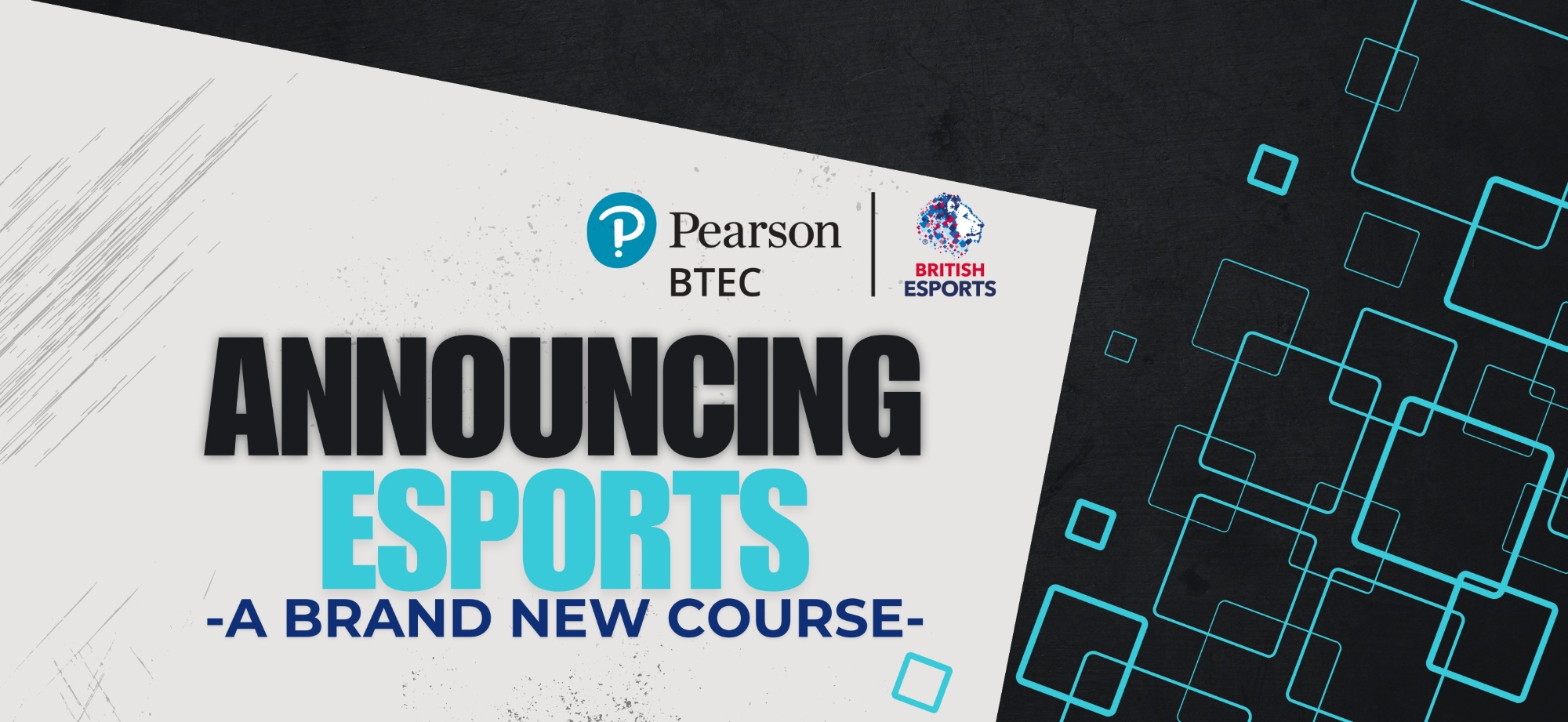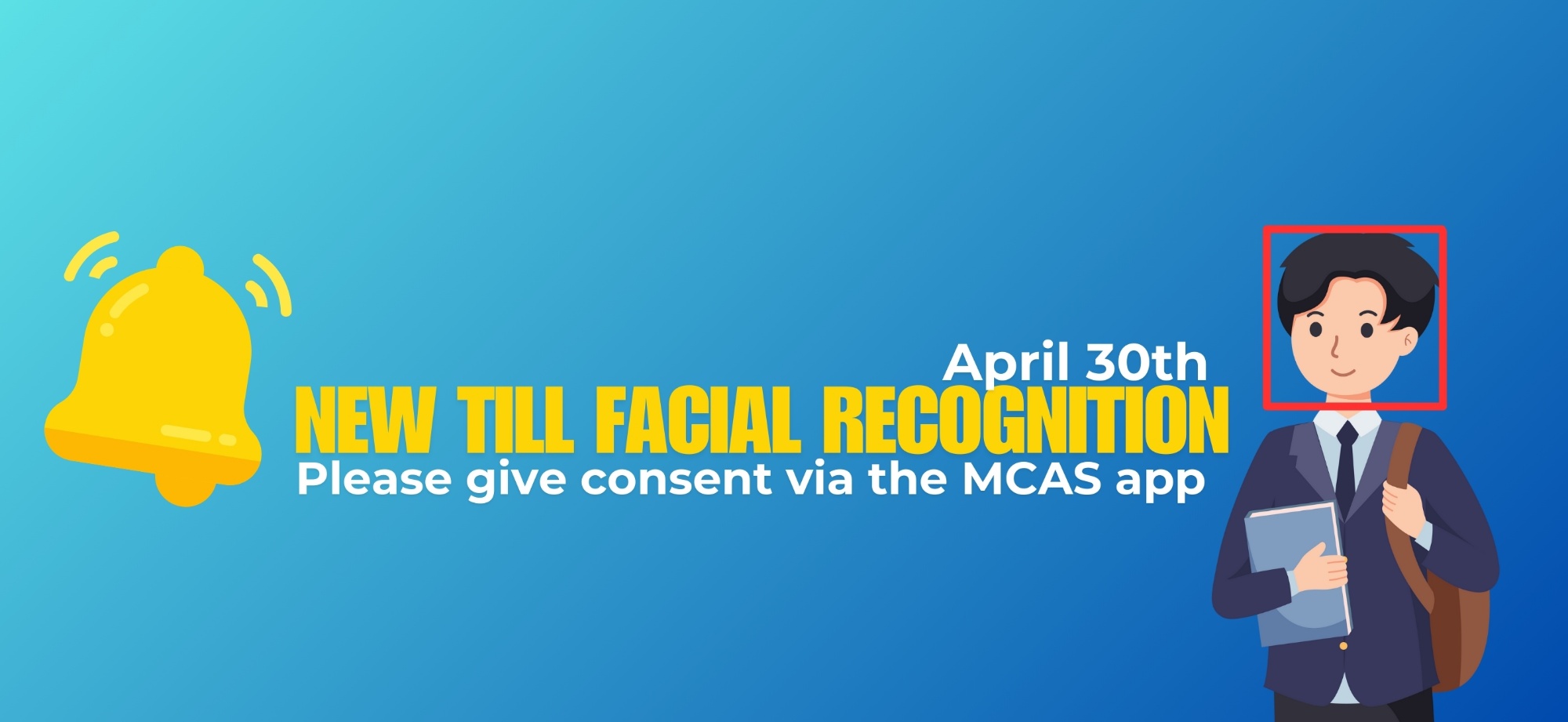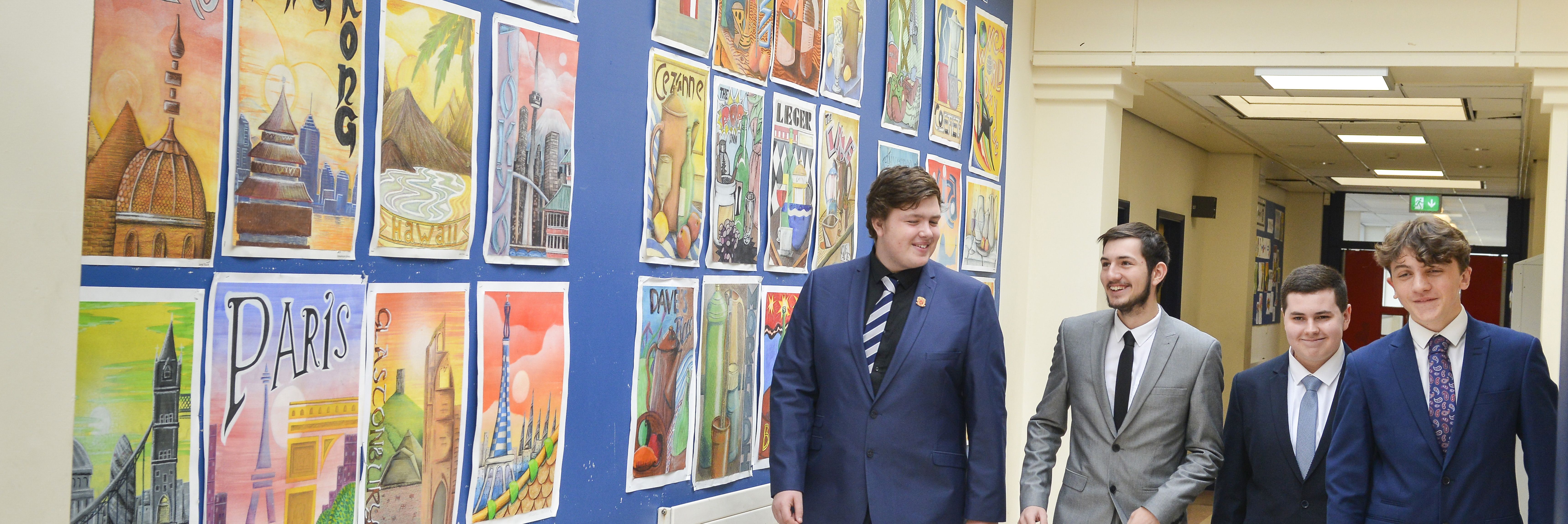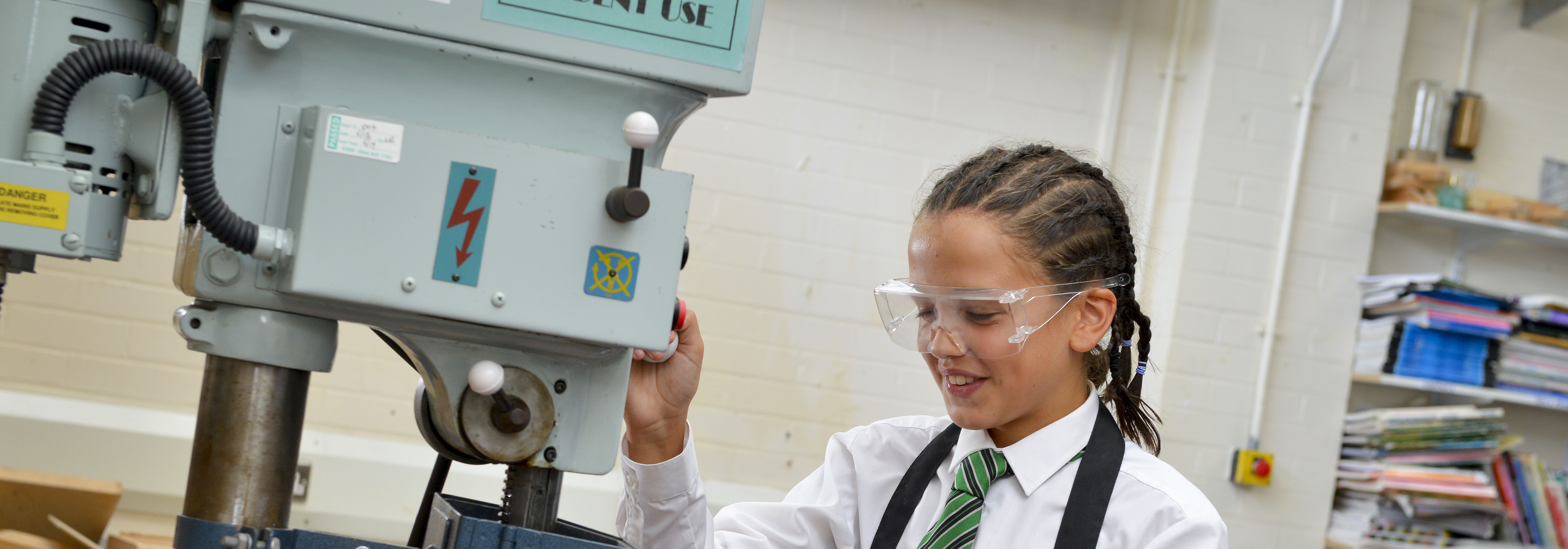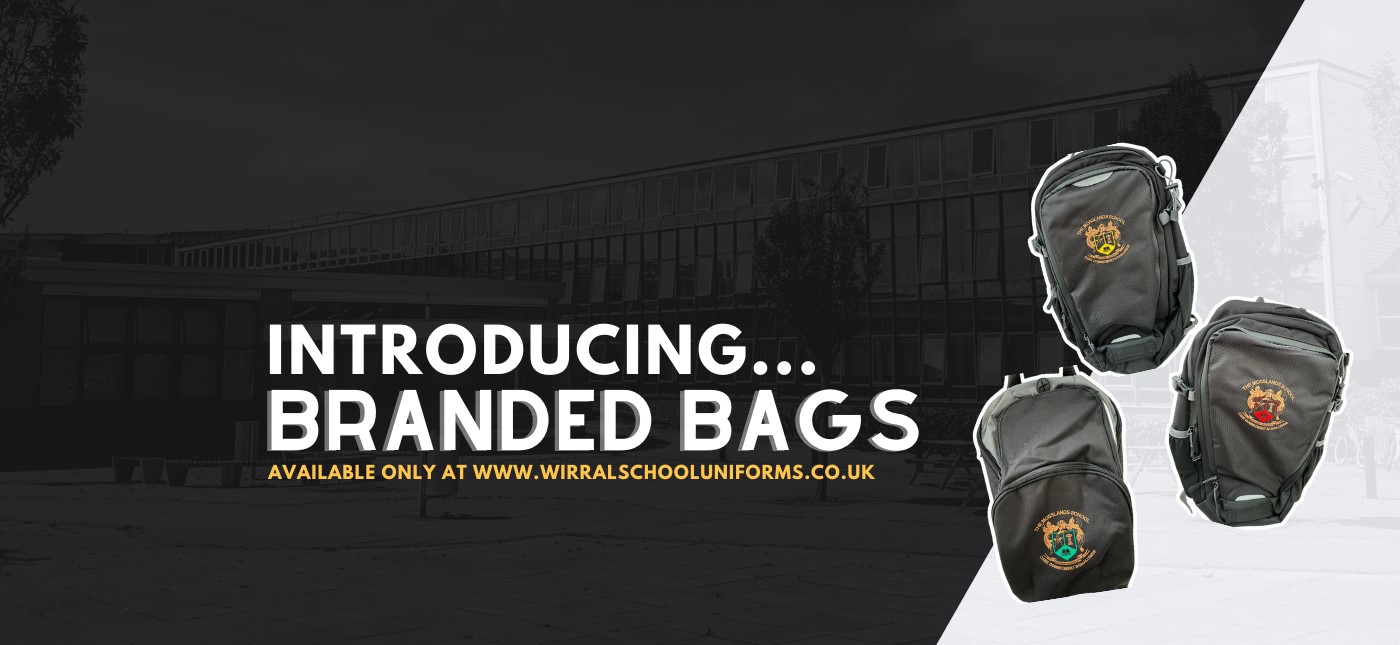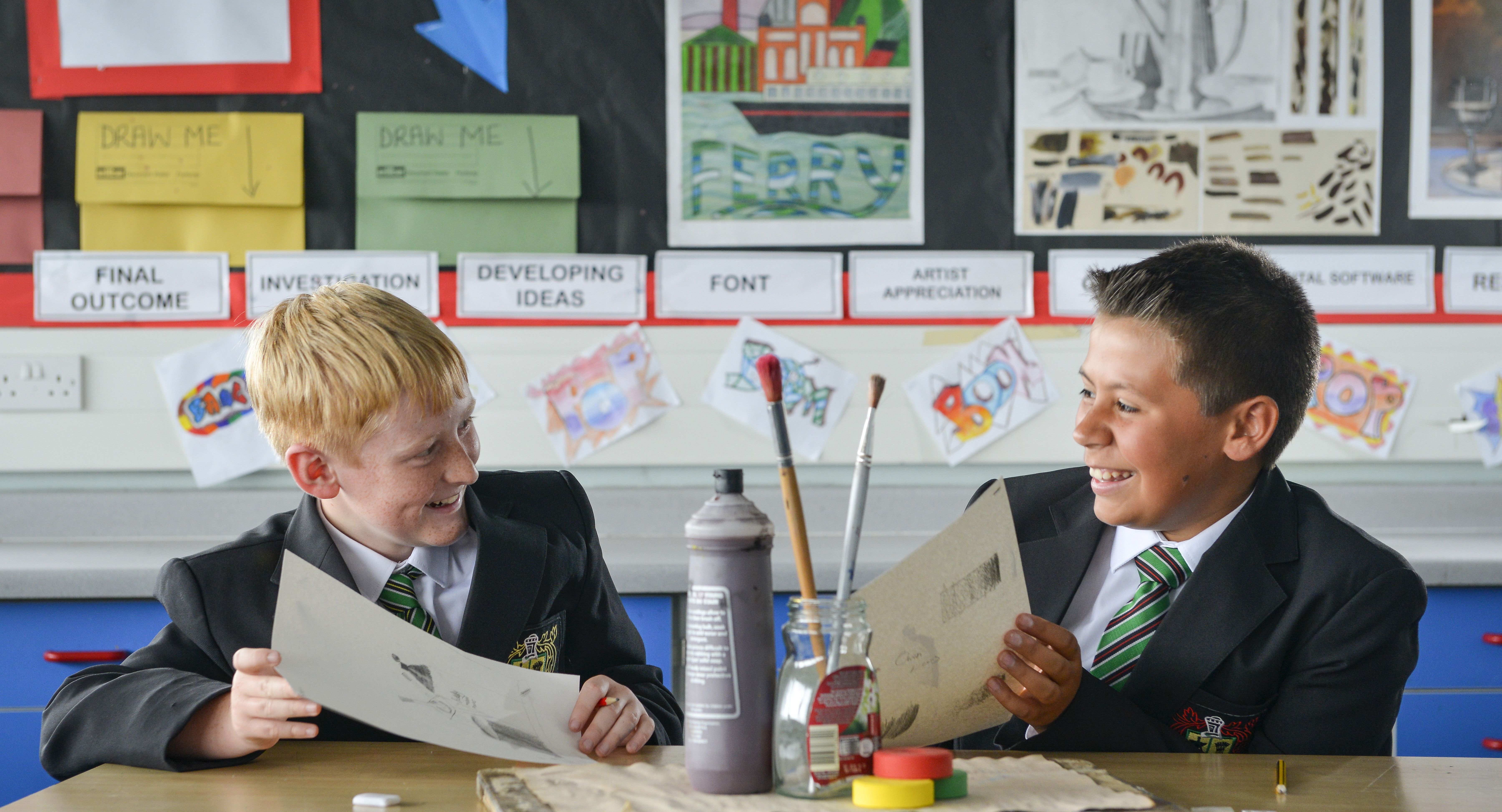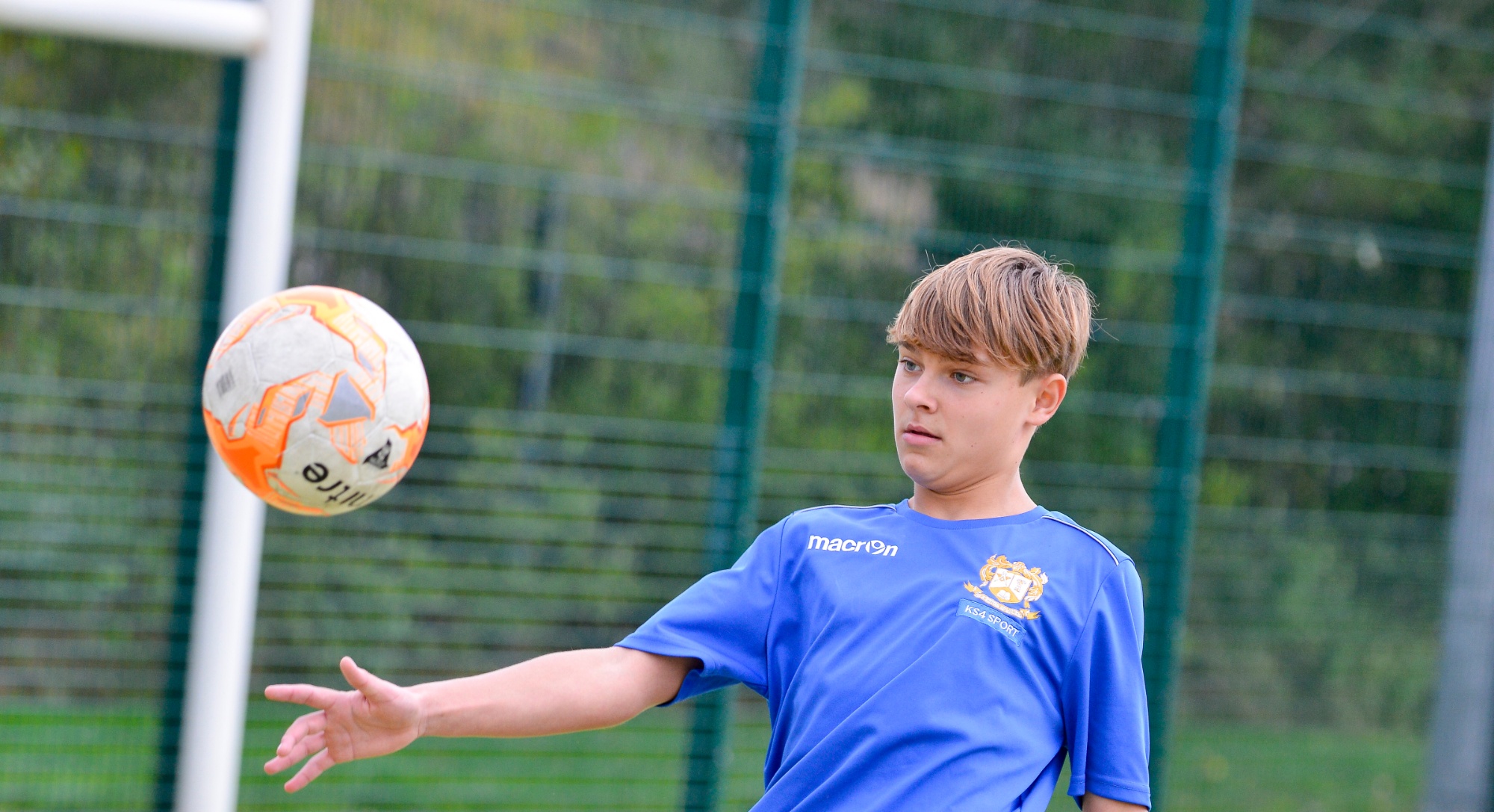The Knowledge and Skills overviews show the specific historical content students will learn in each unit of study throughout the year. These documents outline both the substantive knowledge (historical events, periods, and concepts) and the disciplinary skills (source analysis, causal reasoning, and historical interpretation) that students will develop. Each unit is broken down to clearly identify what students need to know and what they should be able to do upon completion. Through the systematic development of both knowledge and skills, students build historical awareness, analytical capabilities, and a deeper understanding of the past and its relevance to the present.
Select a unit to find out more...
What do historians know about the Battle of Brunanburh?
| Unit Progress Criteria |
| Knowledge |
Skills |
- Bebington is the proposed site of the battle of Brunanburh
- Anglo-Saxon migration to British Isles
- Arrival of the Vikings – conflict with Alfred the Great
- Lasting impact of Saxons and Vikings on place names, language, etc
- Aethelstan and Brunanburh – who fought; what was the outcome?
|
- Some evidence points to Bebington as the site of the battle
- Uncertainty as a core part of history – building on ‘language of uncertainty’ from introductory unit
- What archaeology tells us about Anglo-Saxon migration – brooches and hoards
- What archaeology tells us about the Vikings – Repton and the ‘Great Heathen Army’
- What written chronicles can tell us - the Anglo-Saxon Chronicle
- Evidence for Brunanburh – Wirral Archaeology findings, Michael Livingstone’s research
- Use of different types of primary evidence (cross-referencing if necessary) to come to an evidence-based conclusion
|
Did the artist do his homework about the Battle of Hastings?
| Unit Progress Criteria |
| Knowledge |
Skills |
- Three candidates to be king – Harold Godwinson, William of Normandy & Edgar
- Harold swears an oath to support William’s claim to the throne
- Harold seized power after Edward’s death
- Hardrada invaded, won at Fulford and was killed at Stamford Bridge by Harold Godwinson
- Key events and decisions of the battle of Hastings
|
- The Bayeux Tapestry as a primary source – what it can and cannot tell (e.g. why Harold went to Normandy)
- Issues of legitimacy for medieval kings – how they were chosen / elected
- Reasons for William’s victory at Hastings, including discussions of importance of factors
- Peter Dunn used the Bayeux Tapestry and other written accounts to identify key details for his painting
- Peter Dunn also had to make inferences to ‘fill in the gaps’
|
Did the Normans bring a 'truck-load of trouble' to England?
| Unit Progress Criteria |
| Knowledge |
Skills |
- Rebellions against the Normans, culminating in Harrying of the North
- Structure of society under the Normans – the feudal system
- Features and purpose of motte and bailey castles, including those in Shropshire
- Legal changes, including Forest Laws and clampdown on crime
- Changes for church, including removal of Archbishop Stigand
- Domesday Book
|
- Simon Schama’s claim that Norman rule was a violent, negative change
- William’s varying responses to rebellion
- Winners and losers of the feudal system
- Benefits of castles for the Normans / disadvantages for the English
- Pros and cons of legal and ecclesiastical changes
- Consideration of evidence that could support / contest Schama’s claim
|
Was it equally easy for all medieval people to go to Heaven?
| Unit Progress Criteria |
| Knowledge |
Skills |
- Universal belief in Heaven, Hell and Purgatory
- Types and purpose of Penance
- Seven sacraments (communion, marriage, etc)
- Duties of monks
- Role of monasteries in communities
- Examples of pilgrimages – Canterbury Tales, Margery Kempe
|
- Greater access to certain types of penance for the wealthy
- Universality of salvation for Christians
- Birkenhead Priory established to pray for de Mascy family
- Benefits of penitential pilgrimage – indulgences, relics, shrines
- Opportunities for women to make a pilgrimage (Kempe, Wife of Bath, etc)
|
Did medieval kings face similar challenges to their authority?
| Unit Progress Criteria |
| Knowledge |
Skills |
- Henry II’s conflict with the church over benefit of clergy
- Murder of Thomas Becket
- King John’s conflict with the barons and the Pope
- Creation of Magna Carta
- Henry III’s conflict with barons
- Simon de Montfort and the 1265 Parliament
|
- Henry II – controlled barons but struggled to control church
- John – struggled to control barons and church
- Henry III – cooperated with church but struggled to control barons
|
Was the 14th century 'calamitous' for Yalding?
| Unit Progress Criteria |
| Knowledge |
Skills |
- Medieval farming and the village of Yalding
- Strip farming and field rotations
- Bad weather as a cause of famine
- Battle of Crecy and English longbowmen
- Causes of the Black Death
- Consequences of the Black Death on Yalding
- Causes of the Peasants’ Revolt
- Events of the Peasants’ Revolt
- Consequences of the Peasants’ Revolt
|
- Farming as continuity – daily life for most medieval people
- Negative impact of bad weather
- Positive and negative consequences of the Black Death
- Short and long-term causes of the Peasants’ Revolt
- Positive and negative consequences of the Peasants’ Revolt
|
Why did Protestantism come to England?
| Unit Progress Criteria |
| Knowledge |
Skills |
- Martin Luther’s disagreement with the Catholic Church
- Henry VIII’s desire for a divorce
- Creation of Church of England
- Dissolution of monasteries
- Thomas More and Thomas Cromwell
- Mary, Elizabeth and Edward
|
- Luther’s reasons for disagreement with Catholic Church
- Reasons for annulment of marriage to Catherine of Aragon
- Why Henry created Church of England
- Reasons for dissolution of monasteries
- Significance of English Bible
- Extent of Henry’s Protestant beliefs
|



